The Vivo X70 Pro+ is the brand’s latest flagship smartphone, going head-to-head with devices such as the Apple iPhone 13 Pro Max, Xiaomi Mi 11 Ultra or Samsung Galaxy S21 Ultra. The device is packed with the best components the industry has to offer and puts special emphasis on the camera. Computing power is provided by Qualcomm’s top-end chipset Snapdragon 888+, and images and other content can be viewed on a large 6.78-inch E5 AMOLED LPTO with a massive 1,440 x 3,200 resolution and up to 120Hz refresh rate.
While processor and display specs mark clear improvements over last year’s X60 Pro+, the camera hardware specs remain largely unchanged. The rear camera features Zeiss-certified optics and is built around a large 50 MP sensor behind a fast f/1.57 lens. The 48 MP ultra-wide uses a gimbal-style stabilization system and tele-duties are divided between two modules, featuring 2x and 5x tele factors respectively. Let’s see how the Vivo X70 Pro+ Camera stacks up against the flagship competition from other major brands.
Key camera specifications:
- Primary: 50 MP Samsung GN1 sensor with f/1.57-aperture lens
- Ultra-wide: 48 MP sensor with 14mm-equivalent f/2.2-aperture lens, gimbal-stabilization
- Tele: 12 MP sensor with 50mm-equivalent (2x) f/1.6-aperture lens, OIS
- Tele: 8 MP sensor with 125mm-equivalent (5x) f/3.4-aperture lens,
- Video: 8K at 30fps, 4K at 30/60fps, 1080p at 30/60fps (4K, 30 fps tested)
- Qualcomm Snapdragon 888+ chipset plus dedicated V1 image processor
About DXOMARK Camera tests: For scoring and analysis in our smartphone camera reviews, DXOMARK engineers capture and evaluate over 3000 test images and more than 2.5 hours of video both in controlled lab environments and in natural indoor and outdoor scenes, using the camera’s default settings. This article is designed to highlight the most important results of our testing. For more information about the DXOMARK Camera test protocol, click here. More details on how we score smartphone cameras are available here.
Test summary
Scoring
Sub-scores and attributes included in the calculations of the global score.
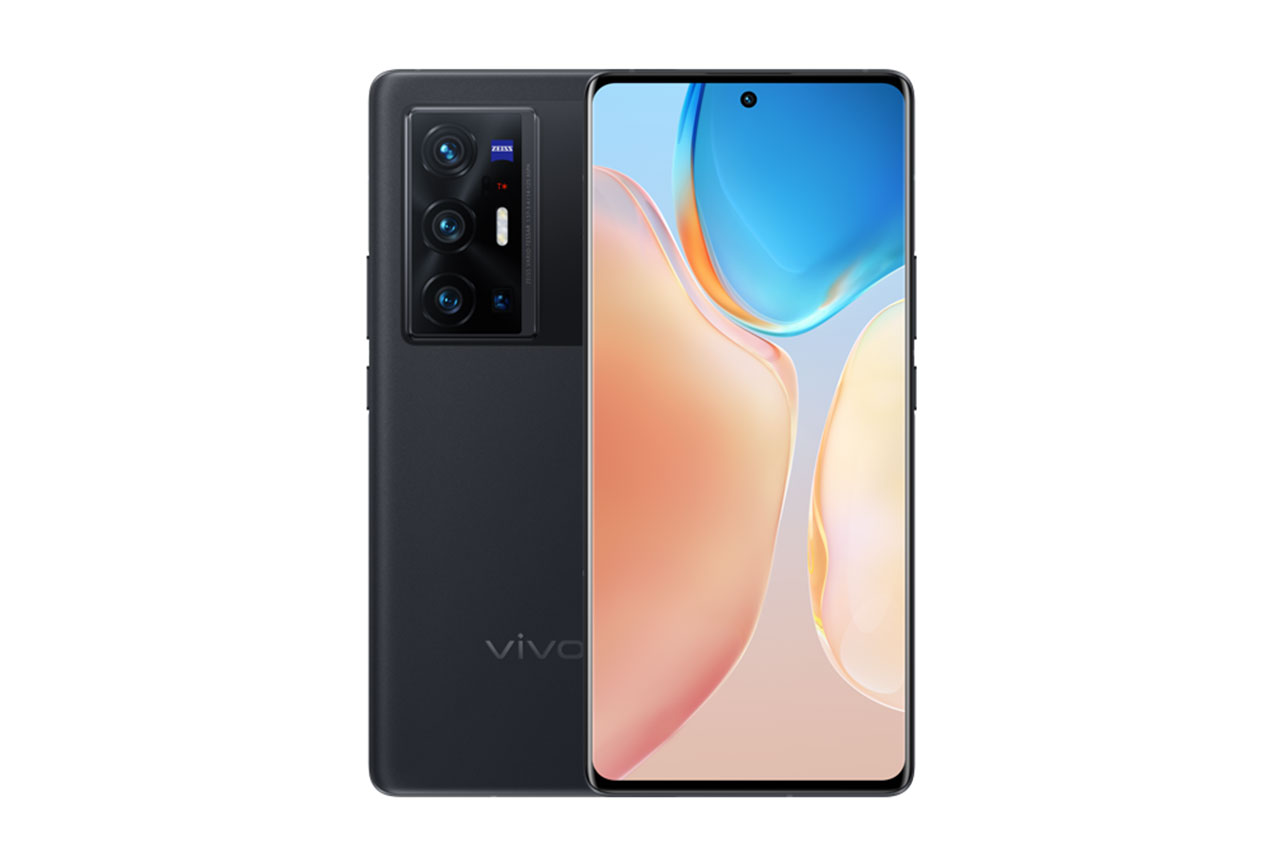
Vivo X70 Pro+


Use cases & Conditions
Use case scores indicate the product performance in specific situations. They are not included in the overall score calculations.
Outdoor
Photos & videos shot in bright light conditions (≥1000 lux)
Indoor
Photos & videos shot in good lighting conditions (≥100lux)
Lowlight
Photos & videos shot in low lighting conditions (<100 lux)
Friends & Family
Portrait and group photo & videos
Pros
- Good exposure and wide dynamic range on primary camera and ultra-wide
- Low noise in low light
- Accurate color rendering
- Natural blur gradient and good subject isolation in bokeh mode
- Good exposure, nice color and accurate white balance in bright light and indoor video
- Effective video stabilization
Cons
- Slow autofocus and narrow depth-of-field in photo mode; focus instabilities in video
- Fusion artifacts can be quite intrusive, especially in low light
- Variation in noise reduction across consecutive shots
- Exposure instabilities
- Noise in indoor and low light video
- Slow video exposure adaptation in changing light conditions
With a DXOMARK Camera score of 135, the Vivo X70 Pro+ does overall very well in our camera tests and easily earns itself a spot in the top ten of our ranking. In photo mode, the camera really shines with its accurate exposure and wide dynamic range, capturing better detail in the brightest and darkest parts of the frame than many competitors. The autofocus, on the other hand, is an area for improvement. Our testers observed several autofocus failures while testing in the field, and lab measurements lag behind the best in class as well.
The Vivo is also a capable device for zooming in and out. Like the primary camera, the ultra-wide delivers good exposures and a wide dynamic range. The tele cameras capture good detail across all tele settings, especially close and medium range. Target exposure is good and a wide dynamic range means good highlight and shadow detail even in high-contrast conditions. Colors tend to be accurate, too. When recording videos the Vivo’s video stabilization stands out, thanks to very well controlled camera motion in all conditions. Color is very accurate, too, but noise is often visible, and the autofocus is a little slow in reacting to scene changes.
Photo
Vivo X70 Pro+ achieves a Photo score of 139. In this section, we take a closer look at different lighting conditions and sub-attributes and compare image quality against competitors. Overall the Vivo does very well in the Photo category. Target exposure is consistently accurate and the camera delivers a wide dynamic range in challenging high-contrast scenes. A slight white balance cast is sometimes noticeable in bright light and indoor conditions but within acceptable limits. Skin tone rendering is fairly accurate as well. Texture is decent but slightly lower than on the best in class. Noise is well under control in all conditions but some localized noise can be visible, for example in blue skies. Our testers also noticed that noise reduction varied between consecutive shots and in low light high-contrast scenes strong fusion artifacts can make an appearance. Other artifacts include moiré patterns, color quantization, and demosaicing artifacts.
Outdoor light
The Vivo X70 Pro+ performs overall well in bright outdoor conditions. Exposure is accurate and wide dynamic range ensures good detail in both highlight and shadow areas of the frame. The camera captures high levels of detail, but noise can be noticeable in some areas. We also observed some white balance casts.
Indoor light
Under indoor lighting, the Vivo camera’s performance is very similar to outdoor. One thing we noticed in all light conditions is that the depth of field is quite narrow, which means in subjects that are located slightly behind the foreground subject being out of focus.
Low light
The Vivo X70 Pro+ does well overall in low light. Images show good exposure and a very wide dynamic range. Color and white balance are accurate and image noise is well under control. Strong fusion artifacts, such as the in the sample below, are a problem, though.
Autofocus
In these tests, we analyze autofocus accuracy and shooting time as well as repeatability, in the lab. We test focus failures, depth of field, and tracking of moving subjects using perceptual analysis of real-life images.
This graph shows Vivo X70 Pro+’s autofocus performance in bright light (1000lux) lab conditions compared to the Xiaomi Mi 11 Ultra and Apple iPhone 13 Pro (which has the same camera as the iPhone 13 Pro Max).
Bokeh
For these tests, we switch to the camera’s bokeh or portrait mode and analyze depth estimation, bokeh shape, blur gradient, and repeatability, as well as all other general image quality attributes mentioned above. The score is derived from perceptual analysis of real-life images.
These samples show the Vivo X70 Pro+’s bokeh simulation outdoors.
Night
In these tests, we shoot a selection of images in pitch-black darkness as well as with city lights in the background providing some illumination. We shoot sample images with the camera at default settings in both flash-auto and flash-off modes. We analyze all image quality attributes but we pay particular attention to exposure, autofocus, and color. We do not test night modes that have to be activated manually.
When capturing night images, the Vivo delivers great image quality with the flash switched off. Exposure is accurate, with a wide dynamic range. The level of detail is good and noise is well under control but slight white balance casts can sometimes be seen.
Zoom
Vivo X70 Pro+ achieves a Zoom score of 88. The Zoom score includes the tele and wide sub-scores. In this section, we take a closer look at how these sub-scores were achieved and compare zoom image quality against the competitors. The X70 Pro+ comes with two dedicated tele lenses with 50mm and 125mm equivalent focal lengths respectively. In combination with the 14mm ultra-wide this setup delivers good detail across a wide range of zoom settings. In addition zoom images usually show accurate exposure and a wide dynamic range as well as nice colors and a neutral white balance. On the downside, we observed some artifacts such as color fringing or optical distortion caused by magnification variations in the lens system.
Wide
In these tests, we analyze the performance of the ultra-wide camera at several focal lengths from 12 to 20 mm. We look at all image quality attributes, but we pay particular attention to such artifacts as chromatic aberrations, lens softness, and distortion.
When shooting with the Vivo’s ultra-wide camera target exposure is good with an extended dynamic range, just like on the primary camera. In this comparison the Vivo delivers the widest dynamic range.
Tele
In these tests we analyze all image quality attributes at focal lengths from approximately 40 to 300 mm, paying particular attention to texture and detail. The score is derived from a number of objective measurements in the lab and perceptual analysis of real-life images.
At close range tele settings the X70 Pro+ captures good detail. The Mi 11 Ultra is on a similar level, despite only a single lens tele setup, but the iPhone 13 Pro Max captures noticeably lower detail.
Video
In our Video tests, we analyze the same image quality attributes as for still images, such as exposure, color, texture, and noise, but we also include such temporal aspects as speed, smoothness, and stability of exposure, white balance, and autofocus transitions. NOTE: The sample video clips in this section are best viewed at the highest resolution available.
Vivo X70 Pro+ achieves a Video score of 115. A device’s overall Video score is derived from its performance and results across a range of attributes in the same way as the Photo score. In this section, we take a closer look at these sub-scores and compare video image quality against competitors. Overall the Vivo X70 Pro+ captures nice-looking video clips with good exposure and very nice color. There are no white balance casts or instabilities and color rendering is nice in all conditions. On the downside, dynamic range and texture are not quite on the same level as some flagship rivals.
Outdoor light
Video stabilization works very well on the Vivo X70 Pro+, even when walking while recording or running (see towards the end of the sample clip below). Camera motion is well compensated for.
Indoor light
Under typical indoor lighting, exposure is good on Vivo X70 Pro+ video clips but compared to some competitors, for example, the iPhone 13 Pro Max, dynamic range is more limited.
Low light
This graph shows the Vivo X70 Pro+’s video texture measurements in lab conditions.
In low light conditions the measurements are visibly below the competitors.


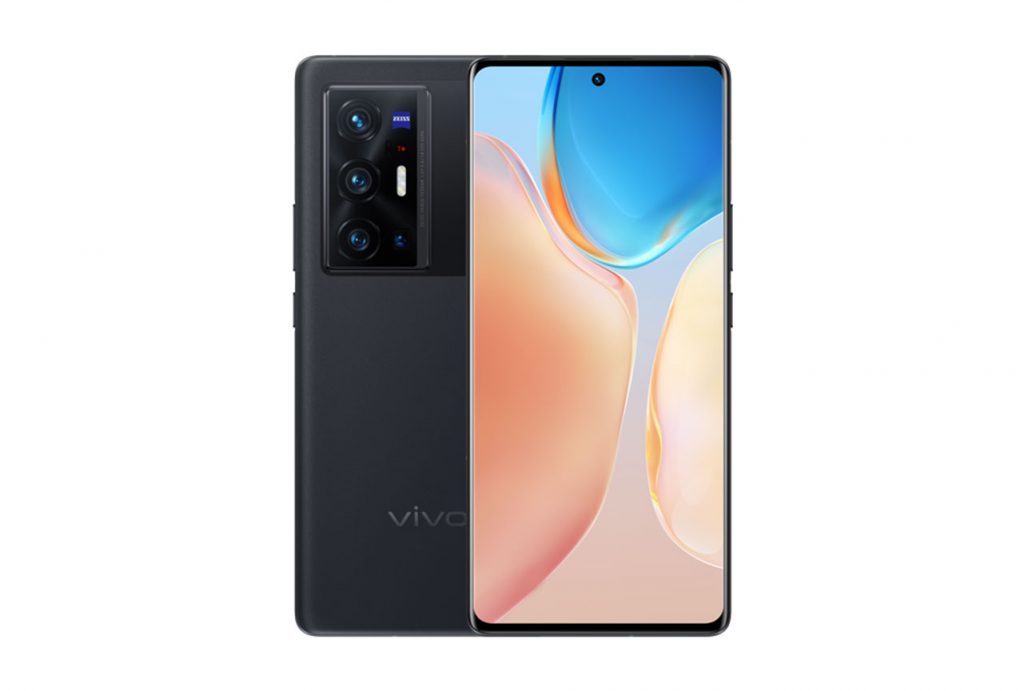







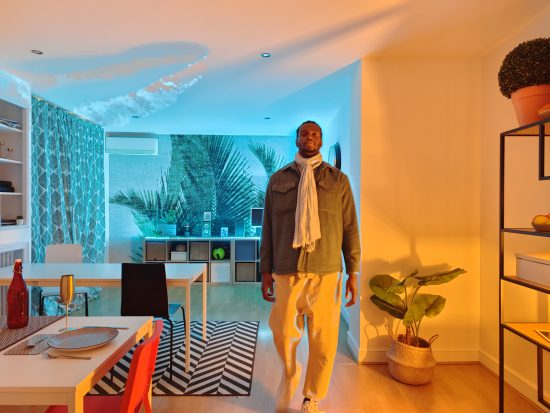
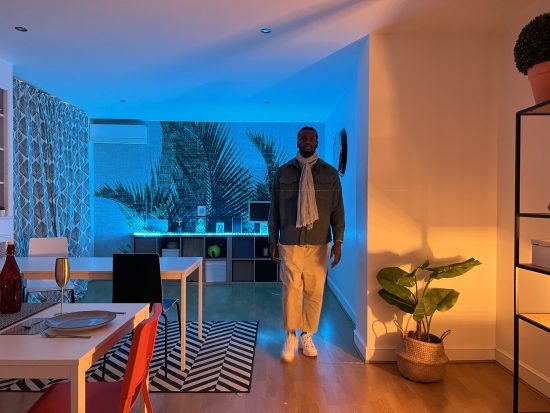
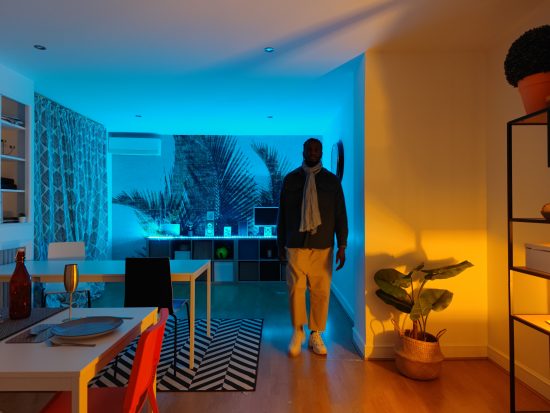
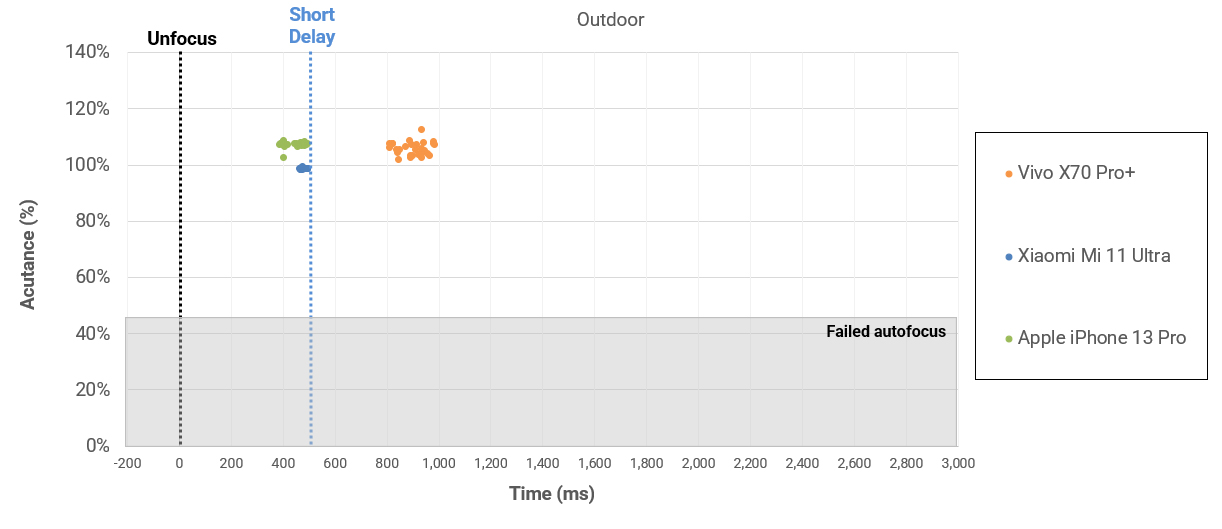
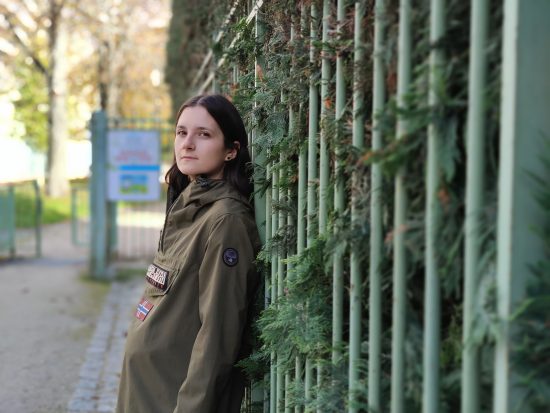
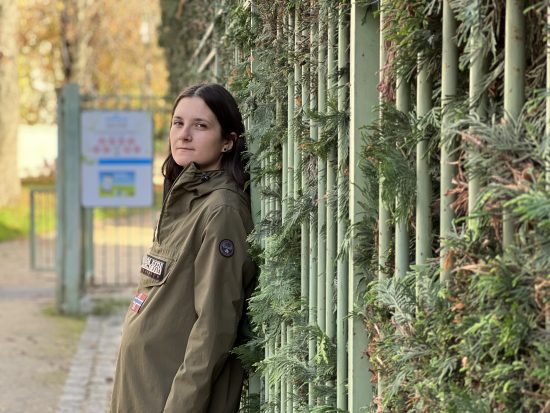

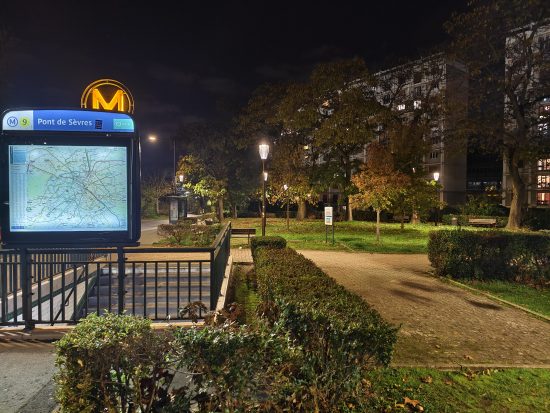
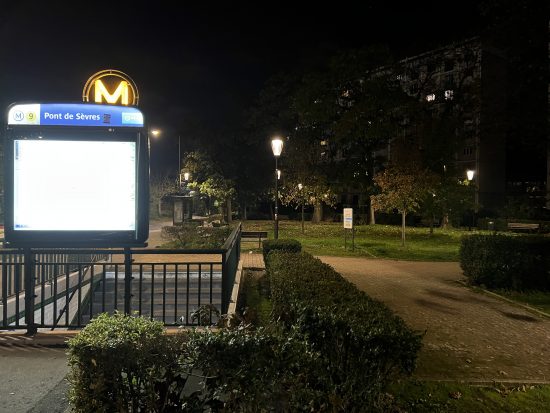
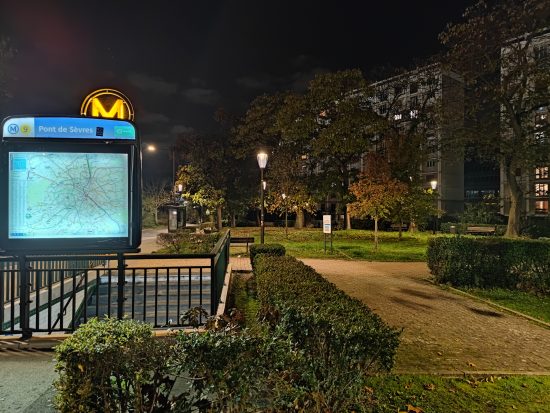
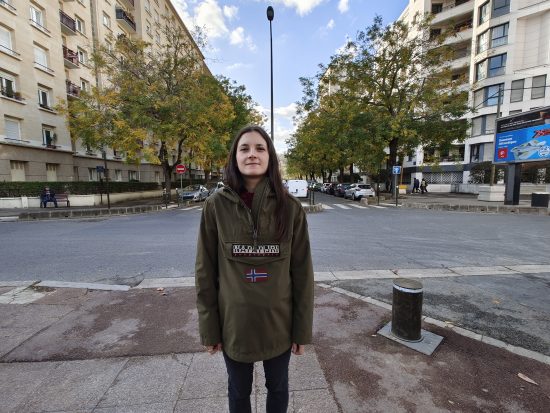
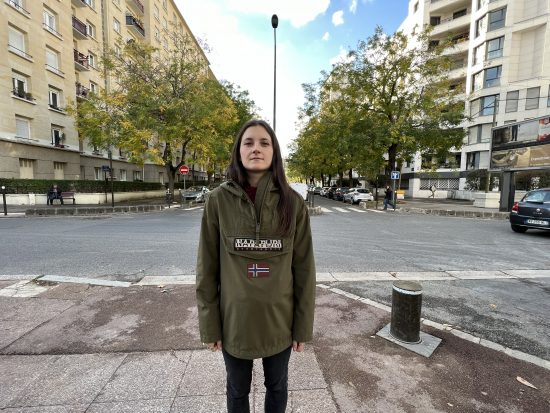
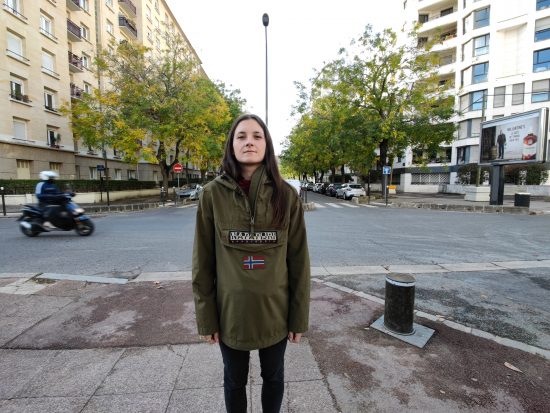



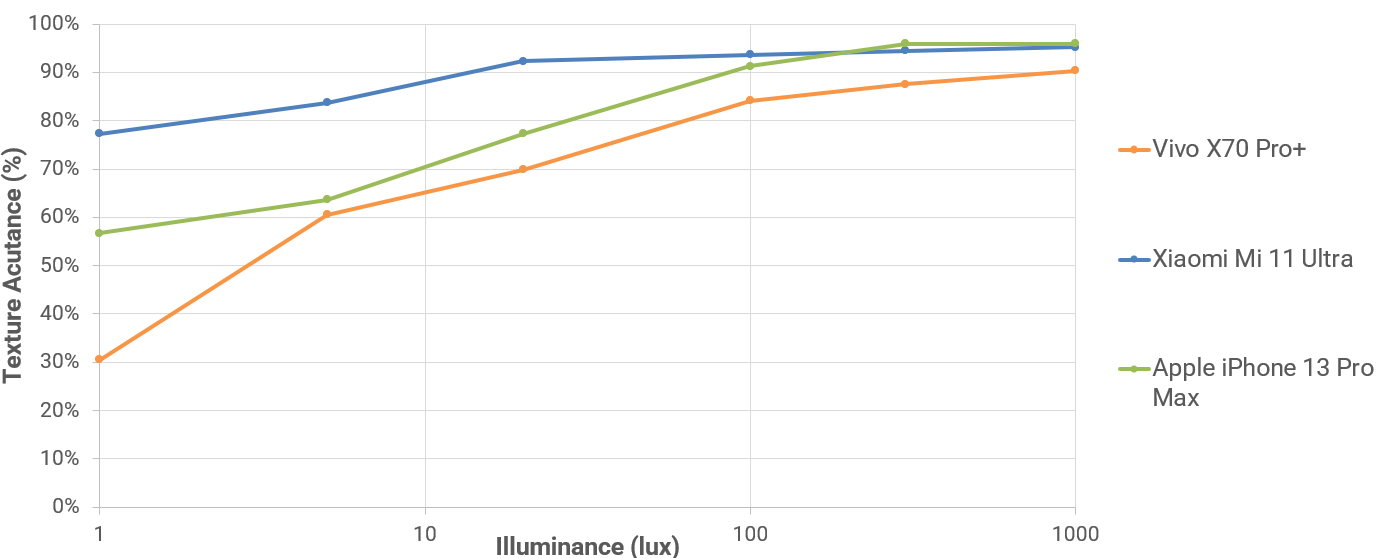
DXOMARK encourages its readers to share comments on the articles. To read or post comments, Disqus cookies are required. Change your Cookies Preferences and read more about our Comment Policy.